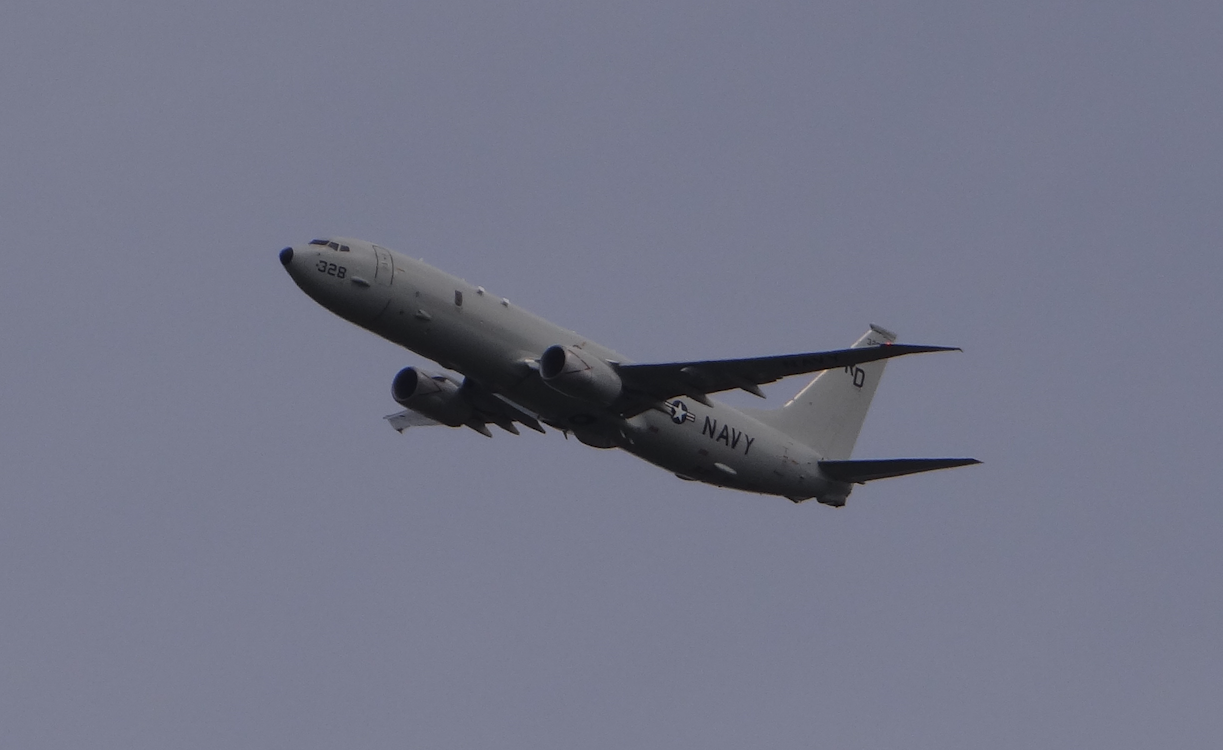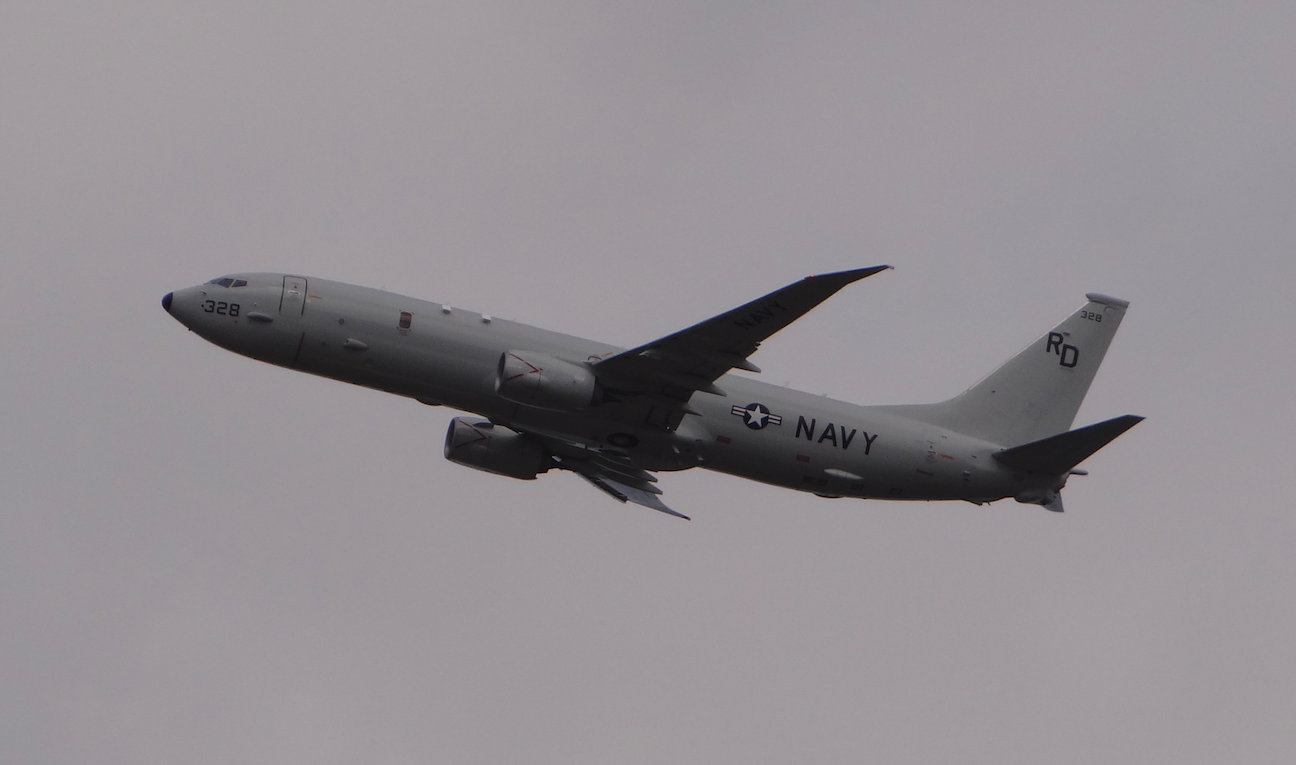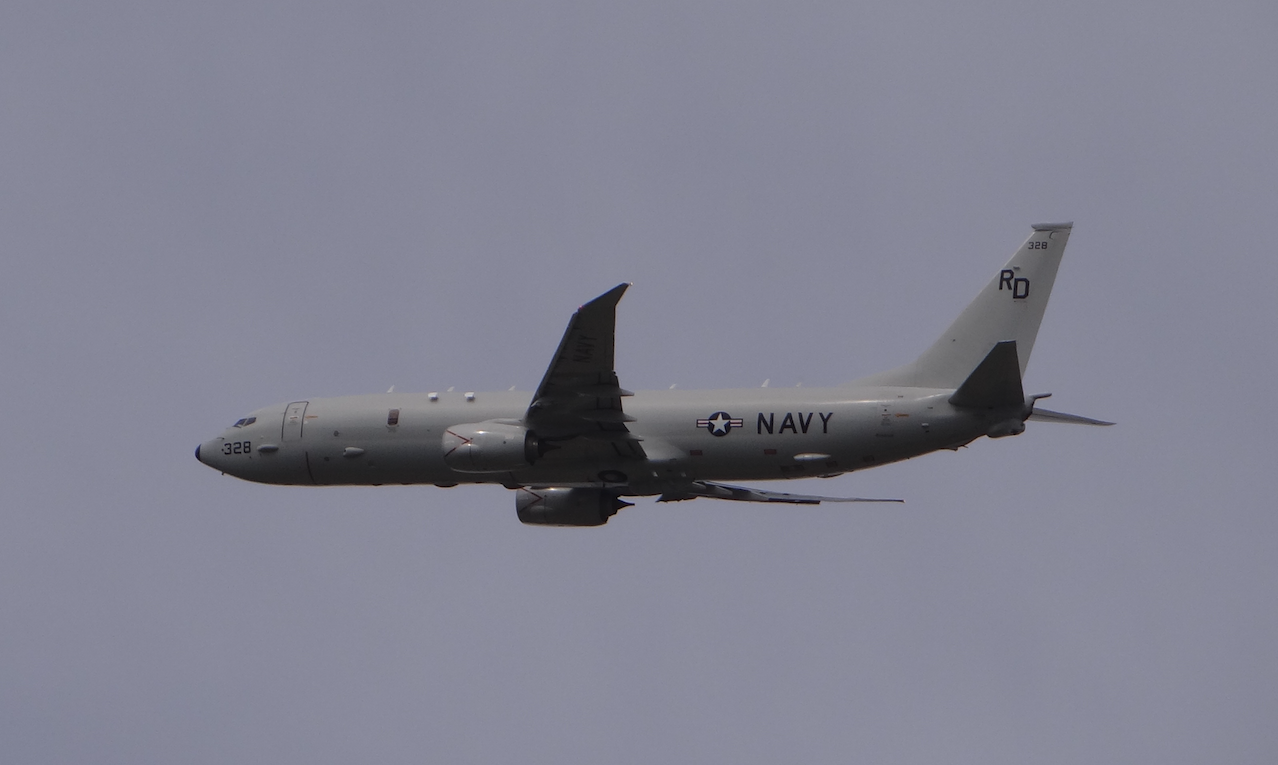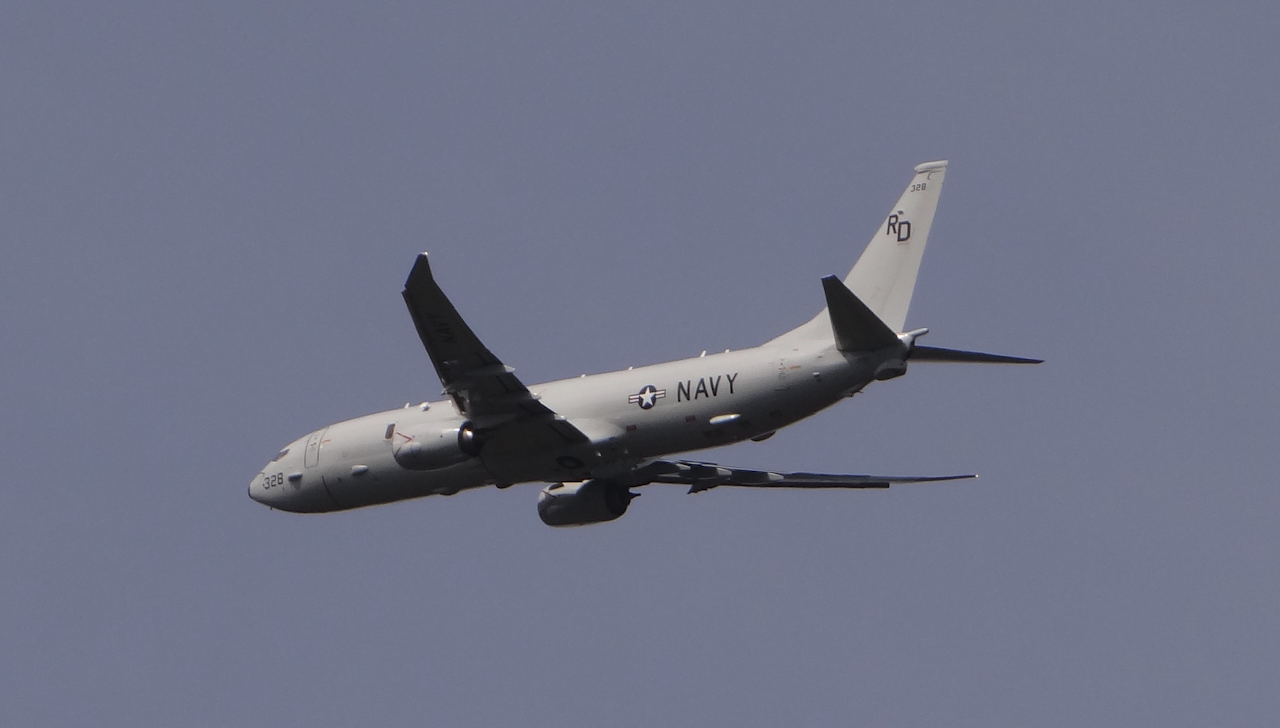History




The Boeing P-8 Poseidon is a multi-purpose land-based maritime aircraft. The aircraft is intended for reconnaissance, search and rescue. It can fight submarines and ships. The P-8 aircraft can be used in humanitarian operations as well as search and rescue missions. It can operate up to 41,000 ft and fly from the airport through 490 knots. The aircraft is capable of operating in difficult weather conditions and with heavy icing. Over 10 years of operation, more than 100 Boeing P-8 Poseidon airplanes have spent more than 300,000 hours in the air. The aircraft are used in the USA, Australia, UK, India, Norway, New Zealand and South Korea.
The Boeing P-8 Poseidon was created on a sample of the Boeing B.737NG, 86% of the airframe was retained. The aircraft has a service life of 25 years of use or 25,000 flight hours. On the works of two pilots and 7 marking officers of electronic equipment. The aircraft is powered by two CFM International CFM56-7B engines with a thrust of 2 x 120 kN.
In the 80's, US NAVY was looking for a successor to the Lockheed P-3 Orion journey. At that time, Boeing was offering a sea plane purchased for the Boeing B.757 connection. Despite other entries, the US NAVY endorsed the Lockheed commission, which, since 1986, was working on the P-7, which was a deep modification of the Lockheed P-3 Orion. The Lockheed P-7 aircraft had an enlarged fuselage and more powerful turbo-propeller engines. In 1989, the US NAVY already ordered 125 P-7s. An important argument is the low price of the contract. But in 1990, US NAVY broke up, and Lockheed shut down the P-7 program. Great Britain found itself in a difficult situation, which had to end the use of Nimrod aircraft and participated in the P-7 program.
In 2000, the Multimission Maritime Aircraft program began. The best programs were presented by Lockheed Orion 21, Airbus A.320 MPA and Boeing P-8. On September 10, 2002, two designs were selected for the next stage of the competition, the Boeing and Lockheed Orion 21 machines. In February 2003, both companies were awarded a contract to build two prototypes. On June 14, 2004, the Boeing P-8 was the winner of the program.
The Boeing P-8 Poseidon plane made its first flight on April 25, 2009. A total of five prototypes for flights and ground tests were built. The first serial aircraft was built in 2011 and entered service that year.
Construction
The Boeing P-8 Poseidon is an airplane with a Boeing B.737-800 ERX fuselage and Boeing B.737-900 wings. Behind the wings in the fuselage there is a weapons compartment with five knots for suspending sea mines and torpedoes. Additional weapons knots are under the wings and two more under the fuselage, 6 knots in total. The main device of the aircraft is the AN / APY-10 radar, which is a modification of the AN / APS-137D radar. The radar's range is up to 200 nautical miles. The radar can track up to 256 targets simultaneously. The plane does not have a magnetic anomaly detector (MAD) because the US NAVY command found it of little use. In addition, the device weighs 1,600 kg. The plane has an optoelectronic head. The entire electronic system of the P-8 is networked. The open architecture of the aircraft equipment allows for free configuration of the equipment tailored to the requirements of potential aircraft buyers and its further modifications.
Boeing P-8 Poseidon, thanks to the possibility of collecting fuel in the air, can be on the mission as long as the crew can survive. There have already been flights of more than 24 hours. The aircraft is powered by two CFM International CFM56-7B engines with a thrust of 2 x 120 kN.
Data T-T Boeing P-8 Poseidon:
Span 35.72 m. Length 39.47 m. Height 12.80 m. Own weight 62 730 kg. Take-off weight 85,370 kg. Top speed 907 km / h. Cruising speed 815 km / h. Practical ceiling 12,500 m. Maximum ceiling 18,000 m. Range 7,040 km.
Tally
The Polish Air Force has no plans to purchase Boeing P-8 Poseidon aircraft.
Written by Karol Placha Hetman
